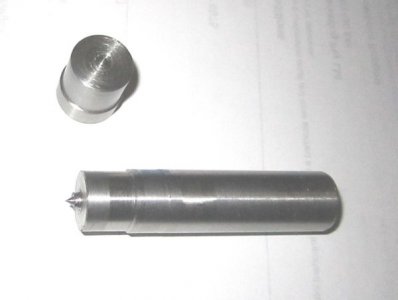I don't think feed rate is you problem.
It is hard to imagine even the junkiest lathe having a feed rate that is too fast for getting a finish better than described.
I think you have two (or maybe 3) issues going on.
I suspect your tool is too low. A ridged finish is exactly what you get when a tool is too low. The ridges are made worse when the set is not rigid enough (that is your possible 3rd problem). unsupported work, the tool post not well seated, too much stick out on the tool all contribute to a ridged finished - it occurs when the work bends up or the tool flexes down causing a slightly larger diameter. When it snaps back into position, the tool grabs and pulls the work deeper causing a smaller diameter.
I think your other issue is tool profile. Smearing is exactly what you get when the tool profile is wrong. Smearing come from the chips getting trapped between the cutter and the work, materials like aluminum are especially prone to it. The solution is more front clearance and proper cutting oil (light cutting oil for ferrous metals, WD40 for Al).
A pic of the tool, the tool set up, and the finish would be helpful.
For what it is worth, I often make finish cuts on steel with a tool that has almost no radius and they come out mirror smooth. Radius is important, but it is not the final answer.

